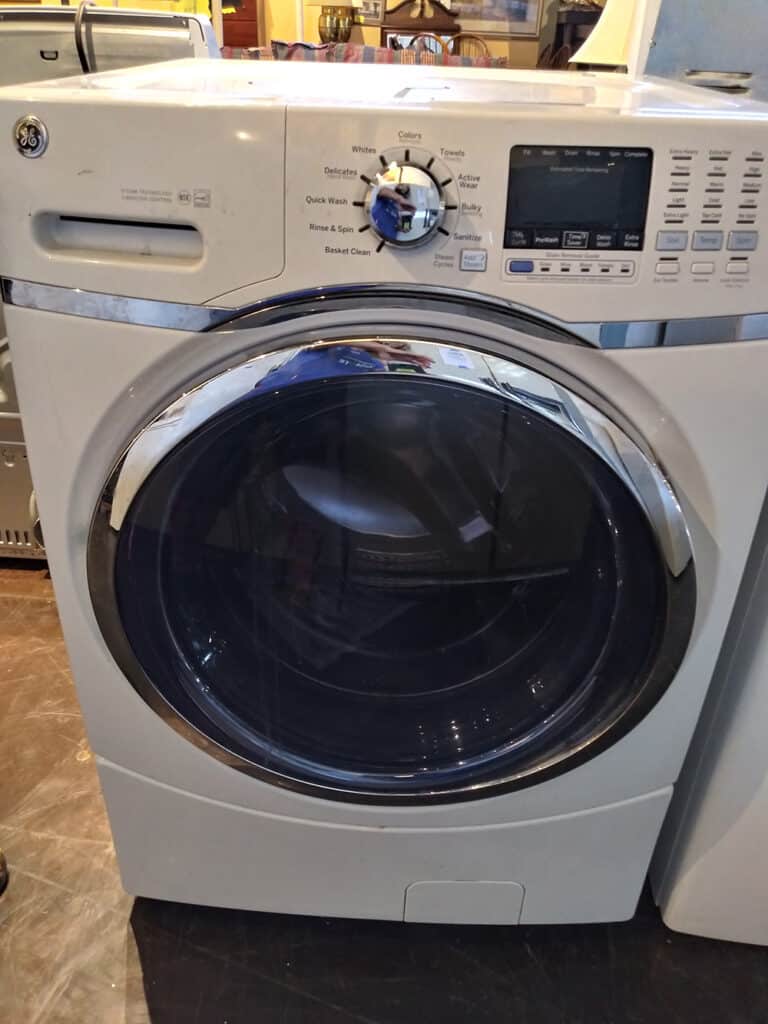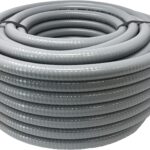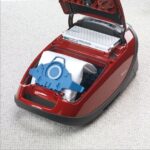GE Washer Water Filling Issues are renowned for their excellent craftsmanship and elegant design. Unfortunately, the GE washers are prone to some problems, among them is the washers not filling with water.
Attempting to fix a GE washing machine that can’t fill with water may be frustrating. However, there are DIY (Do It Yourself) repairs that you can try out to get your machine back up and running, so you might not have to hire a repair service company.
If the GE washer is not filling water, start by checking the domestic water source, the supply should be on. Additionally, make sure the hot and cold faucets are working. If the problem persists, examine the hot and cold water inlet valves for any damage or blockages. Lastly, ensure the temperature switch isn’t broken, and confirm that the water pressure switch is functioning efficiently.
Table of Contents
GE Washer Not Filling With Water: Most Frequent Problems
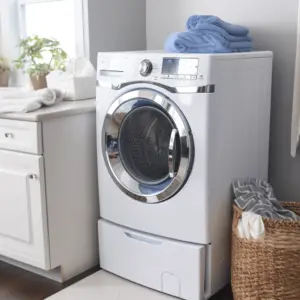
There are a number of factors that contribute to the GE washer not filling with water. The most frequent problems are listed below.
Clogged Water Inlet Valve
Your GE washer may have a blocked water inlet valve if it fills up extremely slowly. If the filter screens are blocked, you can clean them.
The screen filters gradually clog up, reducing water flow and interfering with the GE washer water level. GE Washer Water Filling Issues the screen in your washer seems clear, but the fill level is low, a new valve is required.
You may clean or replace the filter screens within the water inlet valve if you discover that they are blocked. The problem is frequently the most frequent cause of inlet valve malfunction and is a simple fix.
Verify the water inlet valve to ensure the screens are clear of debris. Always examine both ends of the valve since one side has a bigger screen and the other has a smaller screen.
Wipe away any dust or debris you discover on the inlet valve and other surfaces inside it before you open it.
You’ll need to remove the screen gently if it’s dirty. GE Washer Water Filling Issues may also require cutting off a portion of a hose or other apparatus connected to the screen.
Closed Water Tap or Very Low Water Pressure
Make sure the water tap is turned on. The GE washer won’t fill up with water when the tap is closed. You should also check the water pressure and gauge whether it’s within the standard and recommended level.
The GE washer won’t fill with water if your home’s water pressure is too low or if a filter or softener is installed anywhere in the water system.
Verify your water pressure and keep the water tap open. You can ensure that your washing machine operates with an open tab and normal pressure in two easy steps.
Check the water fill hose if your GE washer is giving you trouble. Clogs or excessive buildup in the pipe may be the problem. Be careful to clean it both inside and out. Moreover, inspect the entire house for leaks.
A skilled plumber can provide solutions to improve low water pressure and install a cheap water pressure regulator.
Double-check the water pipes’ connection to the GE washer to see whether the faucet is open and that there isn’t a sharp bend in the water line. You might need to replace your hose pipe if you notice that it is shrinking.
The constriction lowers water pressure. If one of the hoses breaks, it must be replaced because it has an irreversible bend or cut.
If washer water hoses appear damaged, inspect them. You can snap the hose back into position, but if the bend is permanent, you must replace it.
Faulty Water Temperature Switch and Selector Switch
The wash temperature is determined by the washer selection switch or water temperature switch. The two are identical in some circumstances.
When using dual temperature switches, hot and cold water are controlled independently. The switch gives you the power to choose your washer’s preferred water temperature.
Detach the bottom panel from your GE washer, unplug it from the power supply, and inspect the selector switch. Connect one probe of a multimeter equipped with Rx1 to each terminal, then push and hold the button for at least five seconds.
You will successfully carry out a decent test if continuity is maintained between the two points. As you test each button, make sure you try them individually.
Measure the voltage between the selection switch’s terminals using a multimeter. Replace the switch if it doesn’t register anything.
Faulty Water Pressure Switch
The pressure-activated GE washer water level switch, which regulates the water level in the washing machine, is often found at the bottom end. When broken, the water-inlet valve can’t get the electricity to operate effectively.
The water valve cannot receive energy if the GE washer’s level switch is broken. Consequently, due to a defective control system, the washer won’t start or fill with water. If the water pressure switch is broken, it must be changed immediately, especially if there is a leakage and the washer is not filling with water.
Check the condition of the water pressure switch as soon as possible if your GE washer isn’t filling with water. Clogs in the tube that connects the water supply to the switch must be removed for the washer to fill up.
It’s crucial to check the tubing connecting the water pressure switch to the tub’s bottom if you think your GE washer could have a broken pressure switch. Check the tube’s two ends for water leakage, sediment, or debris. Ultimately, carefully inspect the water pipes for any kinks or holes.
Wrap Up
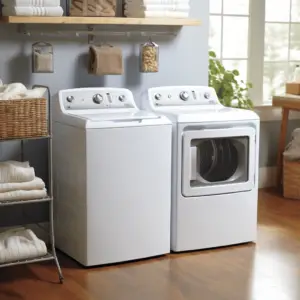
There are a few complex issues with GE washers not filling with water, but the majority of them are simple to fix. Why won’t my GE washer fill up with water? If your washer doesn’t fill up, turning off the water taps is frequently the root cause of the issue.
When filling, the GE washer needs a water pressure level lower than 120 PSI, which is often not a problem in most households. A broken inlet valve, a faulty temperature selector switch, or a damaged pressure switch for the water level might all be responsible for the washing machine not filling.
It should be your routine to examine water supply lines for kinks and blockage of the filters. If a clog is discovered, clean it with a brush or toothpick before restarting the water flow. Reattach the hoses firmly and restart the machine. Please get in touch with a skilled service professional if the problem persists for a long time.
